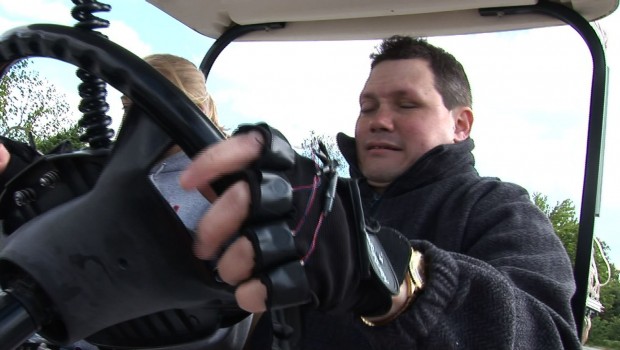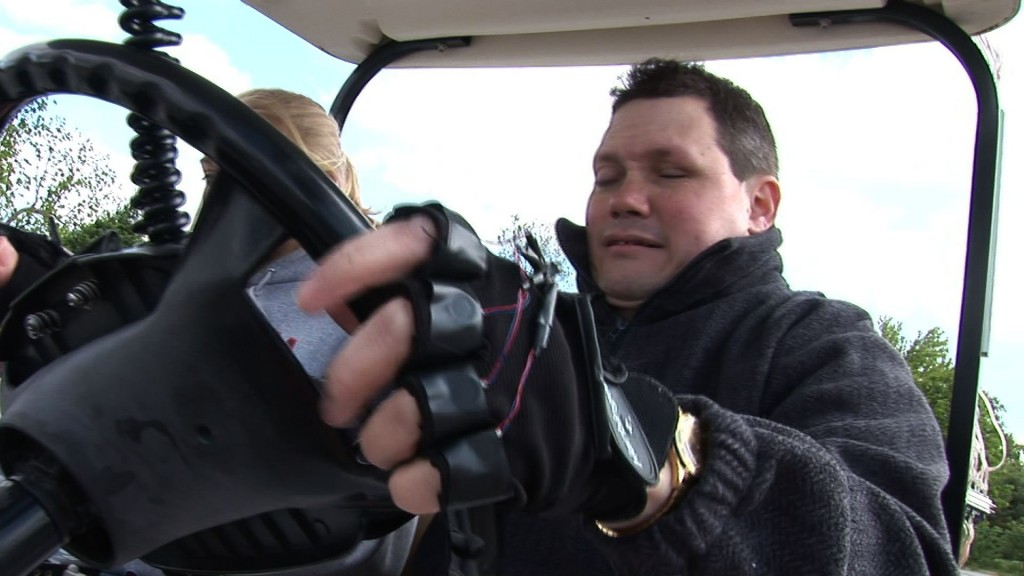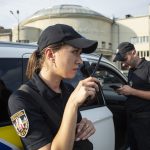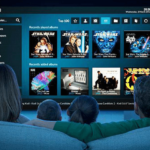How to Create a Car For Blind Drivers
In a 2011 TED talk “Making a Car for Blind Drivers,” Dennis Hong describes his team’s experience building a driverless car for the 2007 DARPA Urban Challenge and following that, taking up a challenge from the National Federation of the Blind (NFB) of developing a car that actual blind people can be trained to drive from non-visual signals — the Blind Driver Challenge.
These two challenges are made quite different by the inclusion of the blind driver. What was wanted was not a car that could drive a blind person around, but a car which a blind person could drive around while actively making decisions. Dennis Hong’s Virginia Tech team proceeded to develop a prototype dune buggy that blind youth were able to pilot successfully around an enclosed test course. This lead the way to designing a real car for the visually impaired.
In addition to the technical challenges of redesigning cars and training blind drivers, what would be the ramifications to society of sightless drivers? Who would license blind drivers or regulate the special cars? Who would issue car insurance and how could blind persons apply for insurance or obtain insurance quotes online? Such questions and more are also complicated to answer.
When developing just the automotive technology for Dennis Hong’s Blind Driver Challenge, three stages were involved: perception, computation, and Non-Visual Interfaces (NVI). The car was equipped with a variety of sensors: an inertial measurement unit (IMU) that sensed acceleration and angular acceleration, GPS to estimate where it was, cameras to detect lanes of the road, and laser rangefinders to detect obstacles. The sensor information was then computed and reinterpreted into a system of instructions and information and conveyed to the blind driver in the form of non-visual signals that were fast enough to be useful to a driver. The blind driver was trained to interpret the resulting NVI instructions and information and drive independently. A DriveGrip glove with vibrating knuckles conveyed instructions on direction and intensity of steering and a SpeedStrip seat pad with vibrating areas conveyed instructions on how to use the gas and brakes. Other NVIs were instructional with Airpix as an informational device using blowing air as pixels in an image showing the route lanes. Using these NVIs, the blind driver would independently operate and drive the car.
Aside from redesigning cars, interpreting acceleration, heading and position into a descriptive code, and training blind drivers, consider what would be entailed in allowing the blind to drive. It’s not at all surprising that blind people would be thrilled at the opportunity to expand their capabilities and their horizons by driving. But how many blind people would like to drive as a regular part of their life? And where would these special vehicles be allowed to operate and under what weather conditions? What motoring laws would apply? Under what speed limits would they be allowed to operate? What kind of special registration would be required for the vehicles? Who would administer the driver’s examinations and validate the driver licenses? And in terms of broad economics, what would be the size of the market for motor vehicles for the blind?
The Blind Driver Challenge was offered to the research community both to push technology and explore the limits of the blind. What would be the real benefit of such technology and the possible spin-offs? The sensor arrays employed can be used in rain or fog or perhaps nighttime. In fact, they can be used to create safer cars on the road for sighted people as is already being done by auto manufacturers and developers of driverless cars. Perhaps, more relevant to the vision impaired, they could be redirected to detect and interpret lectures in a classroom or college lecture hall for blind students. The most satisfying outcome overall would result in concrete benefits to the blind community arising in answer to this imaginative challenge to make a car for blind drivers.
About the author:
Jeremy is a tech and business writer from Simi Valley, CA. He lives for success stories, and hopes to be one someday…

















